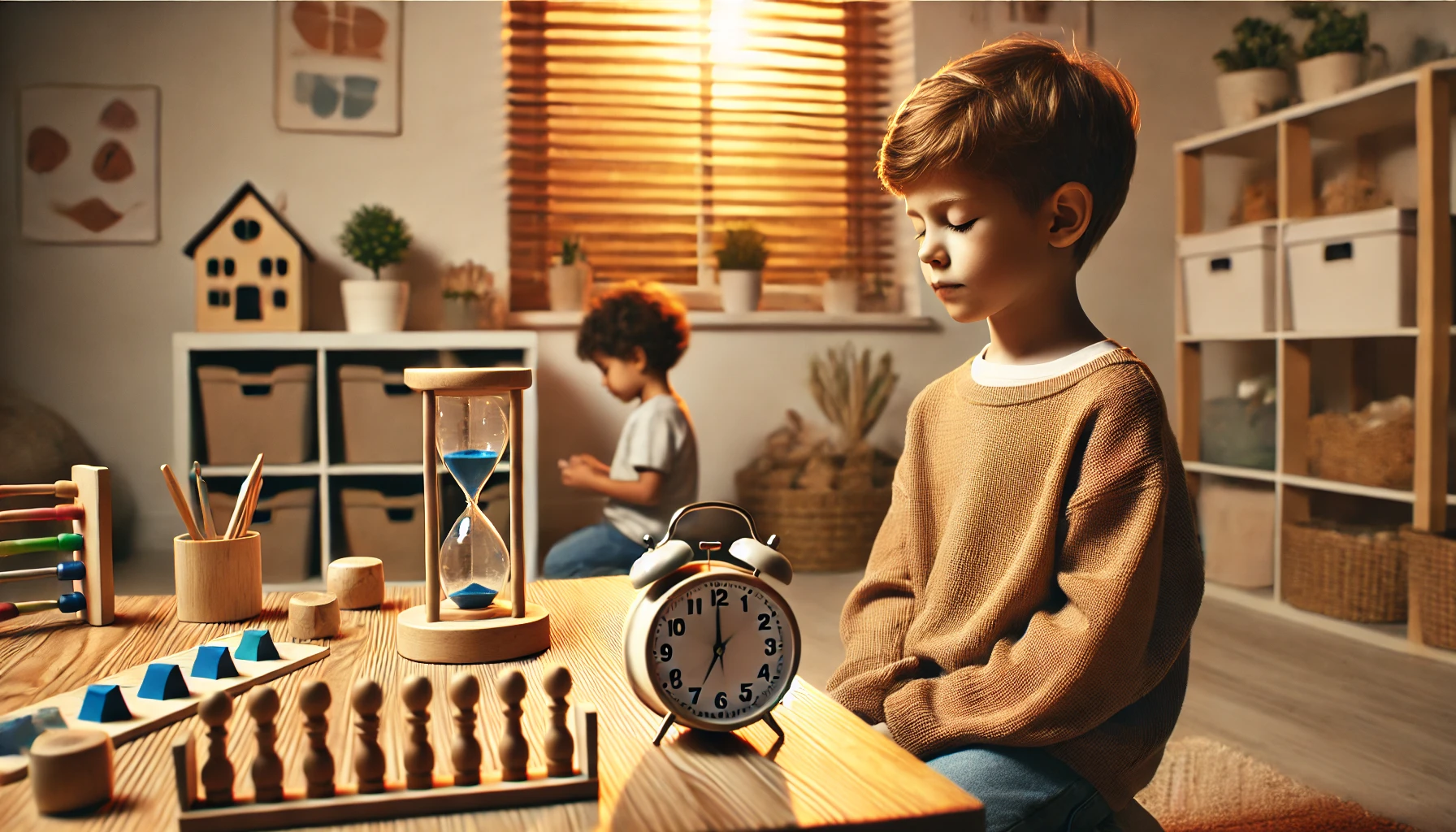How to Help Young Children Develop Patience and Self-Control at Home
Patience and self-control are essential skills that help children manage emotions, handle frustration, and interact positively with others. Teaching these skills at home supports social development, improves focus, and helps children navigate challenges more effectively. In this article, we’ll explore practical strategies to help young children develop patience and self-regulation through play, routines, and everyday experiences.
Why Patience and Self-Control Matter
- Improves emotional regulation – Helps children handle frustration and disappointment calmly.
- Enhances social skills – Encourages respectful interactions and turn-taking.
- Boosts problem-solving abilities – Helps children think before reacting.
- Strengthens focus and attention – Prepares kids for structured learning environments.
- Encourages resilience – Teaches children to persevere through challenges.
1. Practice Turn-Taking with Games
Playing games that require waiting for turns helps children understand patience in a fun way.
Activity Idea:
- Play board games like “Candy Land” or “Uno” that require turn-taking.
- Use simple card-matching games where each player waits for their turn.
- Play “Simon Says” to encourage listening and impulse control.
What Kids Learn:
- Delayed gratification
- Respect for others’ turns
- Active listening skills
2. Use a Timer for Waiting Activities
Timers help children visually understand how long they need to wait.
Activity Idea:
- Set a timer for screen time or playtime transitions.
- Use a sand timer during activities that require waiting, such as baking or sharing toys.
- Encourage kids to count down with the timer to make waiting feel shorter.
What Kids Learn:
- Time awareness
- Managing expectations
- Practicing patience in daily tasks
3. Encourage Mindful Breathing Exercises
Teaching children to pause and take deep breaths helps them control impulses and calm emotions.
Activity Idea:
- Use the “balloon breathing” technique—pretend to blow up a balloon with slow breaths.
- Teach “smell the flower, blow out the candle” as a fun way to practice deep breathing.
- Try short guided mindfulness exercises with calming music.
What Kids Learn:
- Emotional self-regulation
- Stress reduction
- Focus and concentration
4. Teach Delayed Gratification with Small Challenges
Learning to wait for rewards strengthens self-control.
Activity Idea:
- Try the “marshmallow test”—offer one marshmallow now or two if they wait a few minutes.
- Create a sticker chart where they earn rewards over time rather than immediately.
- Encourage saving money in a piggy bank for a larger reward later.
What Kids Learn:
- Patience and goal-setting
- Understanding effort and reward
- Delayed gratification skills
5. Encourage Problem-Solving Before Reacting
Helping children think through their emotions teaches self-control.
Activity Idea:
- When upset, ask, “What can we do to make this better?”
- Use role-playing to practice responding calmly to different situations.
- Encourage counting to 10 before reacting when frustrated.
What Kids Learn:
- Critical thinking under stress
- Emotional resilience
- Healthy conflict resolution
6. Establish Predictable Routines
Consistent routines help children feel secure and reduce impulsive behaviors.
Activity Idea:
- Create a daily schedule with clear expectations for meals, playtime, and bedtime.
- Use visual charts with pictures to show daily routines.
- Praise children when they follow routines without reminders.
What Kids Learn:
- Self-discipline
- Managing transitions smoothly
- Responsibility in daily habits
7. Encourage Independent Problem-Solving
Giving children small responsibilities builds patience and self-control.
Activity Idea:
- Let kids try tying their shoes or zipping their jacket before stepping in to help.
- Allow them to solve small disagreements with siblings or friends before intervening.
- Encourage them to try again after making a mistake instead of giving up.
What Kids Learn:
- Perseverance
- Confidence in their abilities
- Emotional strength
8. Model Patience and Self-Control
Children learn by watching how adults handle frustration and delays.
Activity Idea:
- Show patience when waiting in traffic or standing in line.
- Talk through your emotions calmly: “I feel frustrated, so I’m going to take a deep breath.”
- Avoid reacting impulsively to minor setbacks.
What Kids Learn:
- Emotional regulation by example
- Healthy ways to express frustration
- Coping strategies for stressful moments
Final Thoughts
Teaching patience and self-control at home helps children build essential life skills for emotional well-being and social success. By using simple games, mindfulness techniques, and structured routines, parents can create a supportive environment where children learn to manage impulses and develop resilience.
